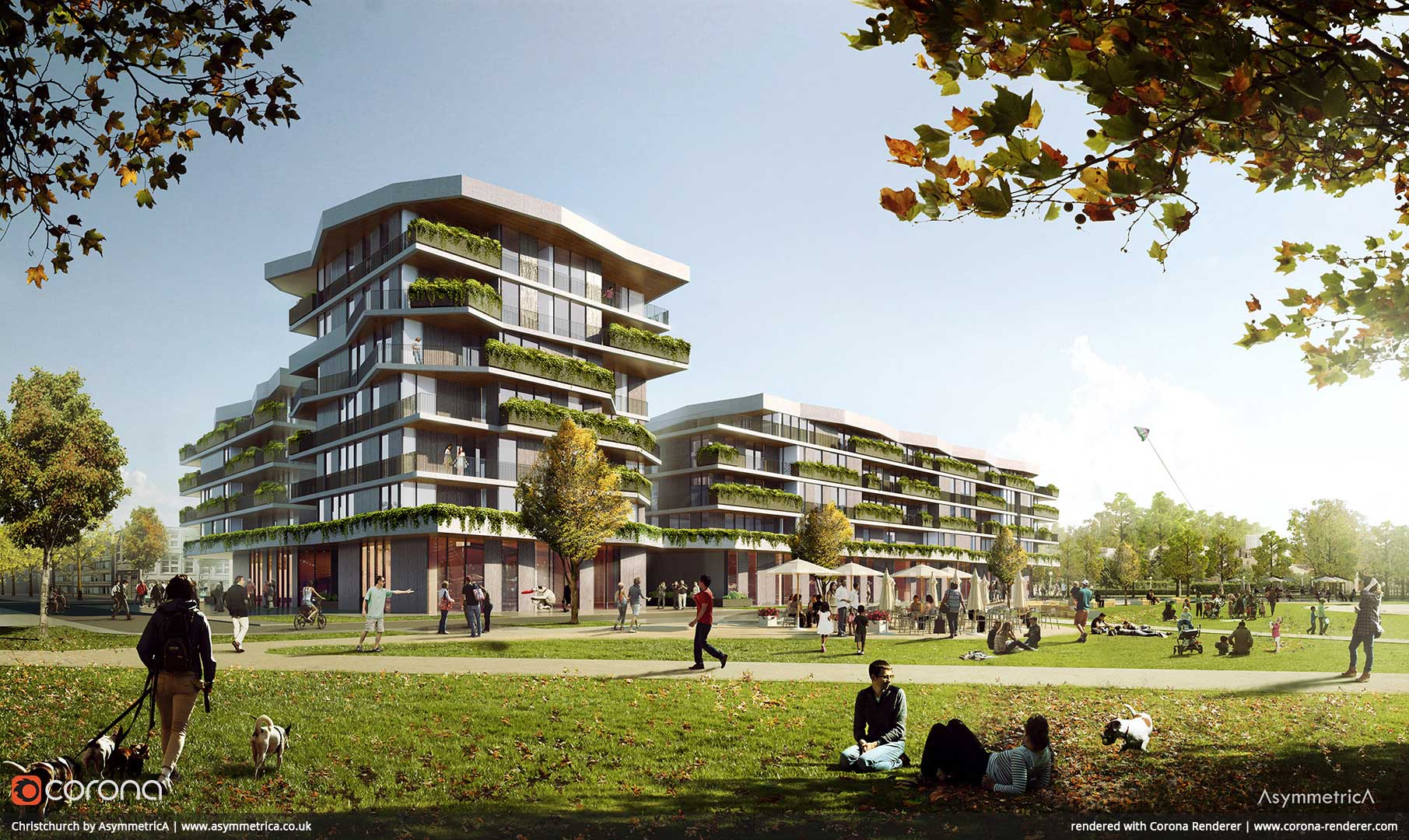

MAYA CORONA RENDERER WINDOWS
Operating system: Windows 8.1+, MacOS 10.13+, or Linux.There are separate builds compatible with Blender 3.0, the current stable release, and Blender 3.1 and with Blender 3.2, now available in alpha. In this article, we will explore about Chaos’s Corona Renderer.Ĭorona Renderer for Blender 3.0 is compatible with Blender 3.0+. Most of the industry’s important third-party renderers have now been adapted to run with Blender, thanks to the open-source 3D software’s recent growth in prominence as a production tool. Corona Renderer for Blender, on the other hand, can already produce some nice-looking renders.
MAYA CORONA RENDERER MANUAL
Besides, it requires more manual scene setup than the official plugins. Some significant aspects of the official 3ds Max and Cinema 4D integrations are missing since work on the Blender integration plugin is currently under progress. Corona Standalone 3.0 does not support the UHD Cache, Corona’s global illumination solution that speeds up rendering, and simply enables route tracing, in contrast to the commercial releases. Chaos’ Corona Renderer, one of the most important renderers for the architectural visualization sector, has now been converted to Blender. The community-made plugin based on Corona Standalone brings one of the crucial renderers for the arch-viz market to Blender.


 0 kommentar(er)
0 kommentar(er)
